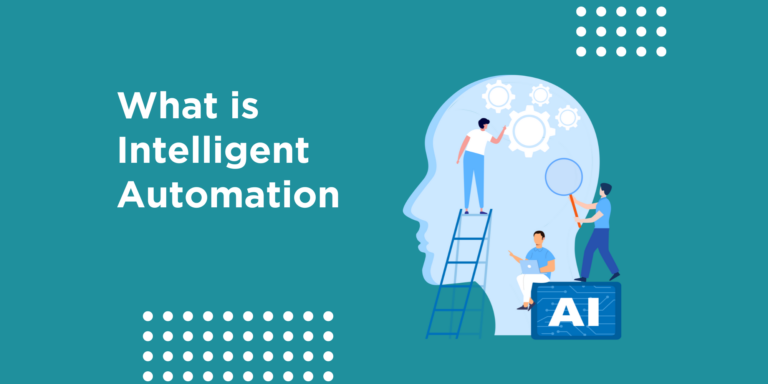Less Bots, More Docs
I had the pleasure of being invited to participate in a discussion forum by one of our partners, OpenBots. The forum was titled Less Bots, More Docs, and it addressed one of today’s common themes: How is the evolution of AI technology impacting the automation landscape?
What is happening in automation?
As I’ve written in a prior blog post, RPA is becoming a commodity, and is now seen as just one tool in an automation portfolio. Smart companies are looking to solve specific use cases that have a fast and high impact on their top and bottom lines. Gone are the days of the 8-month IT project: people want results fast, and they don’t want to be left behind.
When these same companies look to embark on the automation journey, they start by identifying and prioritizing automation solutions from a benefits and use case perspective. And with the advent of AI, and now Generative AI (Gen-AI), there are many more high-value solutions to choose from today, than there were just a year ago.
For example, the new Fannie and Freddie requirements for loan audits have put even more pressure on mortgage lenders (as if the current interest rate environment wasn’t enough). Now lenders have more loans to audit within 30- and 60-day periods, which is sooner than they’ve had to do in the past—they now have to audit more loans, at a faster rate, and in a competitive environment, all after the lender has just let go of a bunch of folks because of the current slowdown. What to do?
Intelligent data processing (IDP) plus AI accelerates the execution of these audit processes. We’ve seen gains of up to 70% in efficiencies: a one-hour audit now takes 15 minutes. And, automation sets lenders up for success not only today, but for tomorrow, because make no mistake: there is going to be a jump in refi’s later this year and in 2024, and the lenders that are automation-enabled will reap the benefits, benefits that they can pass on to their constituents – brokers, consumers, and investors—giving them an extra competitive edge.
Is the automation (gen-AI) technology ready?
We’re in somewhat of a hype cycle, but Gen-AI will go mainstream. Even though the veracity problems will persist (can the output from the large language models—LLMs—be trusted), there are companies out there today that can help organizations customize LLMs, using the organization’s own data (in a private and secure manner), merge them with opensource LLMs, and create a powerful, customized inference engine, that are specialized for a set of vertically focused use cases:
- Imagine the benefits of intelligent, accurate, targeted NLM Bots in customer service, and how that will help organizations compete and differentiate themselves.
- Gen-AI can accelerate and optimize intelligent data extraction, and it can be used to generate long-form text like loan memos and appraisal reports.
- It will enhance risk mitigation strategies, for example, anticipating market sentiment from news and social content.
- And AI models can be trained to identify fraudulent behavior patterns more quickly, and anticipate threats in the future.
How does automation technology augment human interaction, and vice versa?
I’ll address this first in the context of Accuracy. The belief is that AI will eventually be able to achieve 100% accuracy, for example, for indexed loan file documents, or for data extracted from structured and unstructured documents.
The problem is there is no such thing as 100% accuracy when it come to machines. This is a fallacy.
Automation needs to be thought of as complementary to human work, and vice versa. Trying to achieve 100% accuracy or anywhere near that number reaches a point of diminishing returns. Deploying technology for technology’s sake loses sight of the business objectives – lower costs, greater scale, higher efficiencies, better quality.
For example, the wholesale mortgage market has become extremely competitive, thanks to some of the larger players providing incentives to borrowers and brokers, and by leveraging technology to achieve high levels of customer service.
Smaller wholesale lenders can still compete, however, by intelligently deploying automation and AI to make the broker’s life easier, so that their experience can be enhanced thanks to greater efficiencies brought on by intelligent document classification, moving what was once a tedious process for the broker over to the machine. These efficiencies then translate to faster turnaround times and lower costs, benefitting not just the broker but also the consumer, cementing both their loyalty to the lender.
Keep the end goal in mind, let tech get you as far as it can, then augment the process with expert human workers.
MOZAIQ helps you make faster, lower cost, more accurate lending decisions. Contact us today.
Note: this blog post was written by a real human 🙂


